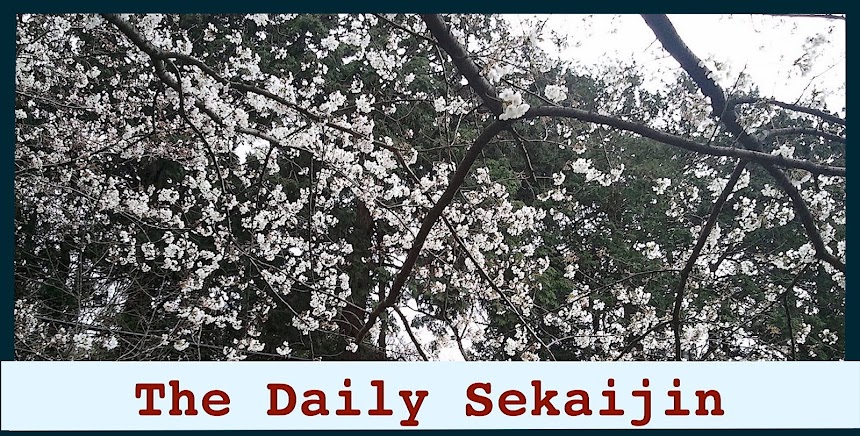Hello!
How are you? Let's talk about directions (道順)!
Activity
Look at these pictures. This is the way from Miyahara station to Seigakuin. But the pictures are not in the right order (道順は違う). Can you put these pictures in the right order?
When you are finished, can you talk about these directions? Here is some language you can use for the order (順番) of the directions:
First... go straight... down this street... turn right... turn left...
next to the... between (the)... across from (the)... at (the corner)...
Homework
Draw a map of the way from your train station to your home. (家から駅まで地図を書く。)
Bring it to the next class. Show your classmates. Talk about your directions (道順).
Bring it to the next class. Show your classmates. Talk about your directions (道順).
Have fun!
Images: Personal photographs. All rights reserved.



























